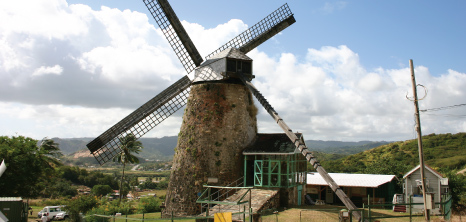|
Visit Historical SitesA large amount of Barbados' history is wrapped up in the early settlement of the island when the British settlers landed back in 1627. This hub of activity has lent itself well to the early development of Barbados as the heavy trade that took place in Bridgetown opened up excellent export opportunites for some of Barbados' prime products such as Barbados molasses, rum, sugar cane and slavery.
Within the environs of Bridgetown, lies many aspects of the island's history. These rest in such places as the Parliament Buildings, Chamberlain Bridge, Nelson Statue, Cenotaph War Memorial, the Old Spirit Bond, Queen's Park, Trafalgar Square (now Heroes Square), Broad Street, St. Michael's Cathedral, St. Mary's Church and the Jewish Synagogue to name a few.
An island filled with such history that dates back centuries ago is bound to have some aspect of that history still standing as such history can be seen in the very historic homes that still grace the island. As you can imagine, a great number of age is associated with these homes as many of them were built in the 17th and 18th centuries. A number of them have been refurbished and brought back to as close to the original state as possible. The now historic homes that once belonged to plantation owners were built after the British arrived in Barbados in 1625. Many of these now historic homes were built with Jacobean and Georgian styles.
To further entice your passion of history and heritage, we can get you started with a trip to the Barbados Museum and Historical Society. Located at St. Ann's, the Garrison in the parish of St. Michael, here is where you will find a wealth of information on Barbados' history and genealogy. A further exploration of Barbados' history can take place by visiting any of the Anglican churches on the island.
|



